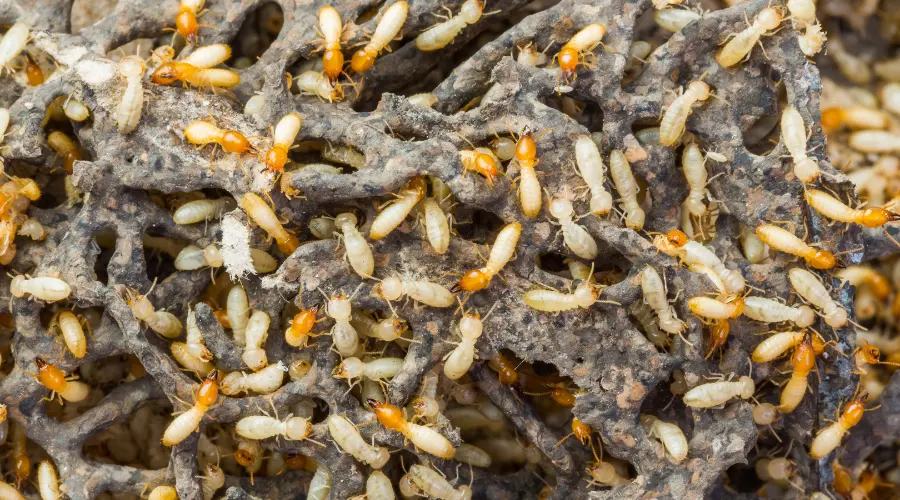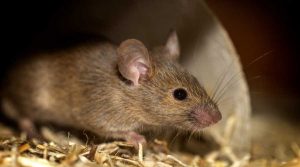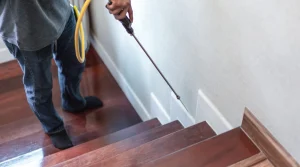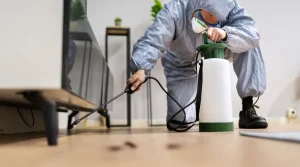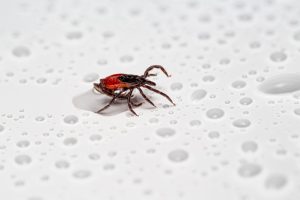Termites cause significant damage to homes and structures if left unchecked. Their activity varies with the seasons, intensifying in warm and humid conditions. Knowing when termites are most active and how to address infestations can safeguard your property and minimize damage.
Key Takeaway
- Termites pose a serious threat year-round, with peak activity occurring in warmer months like spring and summer.
- Understanding their seasonal behavior is critical for prevention and effective control. Proactive inspections, moisture management, and structural fortifications are essential to protect your home.
When Do Termites Reach Peak Activity?
Termites are most active during the warmer seasons, typically spring through summer. However, activity levels are influenced by temperature, humidity, and termite species.
Specific Patterns by Species:
- Subterranean Termites: Active during daylight hours, especially after warm rains.
- Drywood Termites: Swarm from late summer to early fall, usually in the afternoon or evening. In colder months, termite activity often diminishes but may continue in heated structures or warm climates.
Seasonal Breakdown of Termite Activity
Spring: March to May
- Behavior: Swarming begins as termites look to establish new colonies.
- Best Actions: Conduct thorough inspections for swarms and mud tubes.
- Schedule professional pest control evaluations.
Summer: June to August
- Behavior: High humidity sustains termite activity, causing significant structural damage.
- Best Actions: Ensure your home is well-ventilated and dry to deter termite presence.
- Remain vigilant for signs of infestation, such as wood damage.
Fall: September to November
- Behavior: Termites remain active but gradually slow down as temperatures drop.
- Best Actions: Conduct a detailed home inspection for lingering activity. Address structural vulnerabilities like cracks or gaps.
Winter: December to February
- Behavior: Activity subsides in colder climates as termites retreat deeper into the soil. Heated or warm environments may still see activity.
- Best Actions: Use the downtime to implement preventative treatments like bait stations. Repair leaks and reinforce structural barriers.
Termite Management Year-Round
Consistent maintenance is key to keeping termites at bay. To maximize effectiveness, tailor your approach to the season.
- Spring: Focus on early detection and treatments.
- Summer: Maintain vigilance and keep your home dry and ventilated.
- Fall: Reinforce defenses and address any damage or vulnerabilities.
- Winter: Apply long-term treatments and repair potential entry points.
5 Tips to Prepare for Termites Reach Their Seasonal Activity Peak
- Schedule Professional Inspections
Early spring inspections by a licensed pest control expert can identify initial signs of activity and prevent infestations from escalating.
- Eliminate Moisture Sources
Termites thrive in moist environments. Address leaks, ensure proper drainage, and use dehumidifiers in damp areas like basements and crawl spaces.
- Seal Entry Points
Inspect your home for foundation, walls, or roof cracks, and seal these to limit termite access.
- Maintain Landscaping
Keep woodpiles, mulch, and plants away from your home’s foundation. Ensure proper ventilation around your property to discourage termites.
- Apply Preventative Treatments
Install bait stations or apply soil treatments around your home’s perimeter to create a barrier against termites.
Frequently Asked Questions (FAQ) Termites Reach Their Seasonal Activity Peak
Q1: What are the early signs of a Termites Reach Their Seasonal Activity Peak?
A: Look for discarded wings, mud tubes on walls or foundations, hollow-sounding wood, and small piles of termite droppings (frass).
Q2: Can termites be active during winter?
A: Yes, termites can remain active year-round in heated buildings or warm climates. In colder regions, activity slows as they retreat deeper into the soil.
Q3: Are DIY termite treatments effective?
A: While some DIY methods may help, professional inspections and treatments are more reliable for long-term termite control.
Q4: How often should I schedule termite inspections?
A: Experts recommend annual inspections, though homes in high-risk areas may benefit from biannual evaluations.
Q5: What attracts termites to a home?
A: Moisture, wood, and warm conditions attract termites. Leaky pipes, damp basements, and untreated wood are common culprits.
Q6: Can I prevent termites without professional help?
A: While proactive measures like sealing cracks and reducing moisture can help, professional treatments ensure comprehensive protection.
Q7: How much damage can termites cause?
A: Termites cause billions of dollars in damage annually in the U.S. alone, often requiring costly repairs if left untreated.
Conclusion
Understanding termite seasonal habits is essential for effective pest control. Spring and summer demand heightened vigilance, while fall and winter provide opportunities for preventative measures. Adopting a year-round strategy and working with pest control professionals can protect your home from costly termite damage.
For reliable termite management, contact Poway Pest Control today. Our team of experts will help safeguard your home or business with tailored solutions to keep termites at bay.

